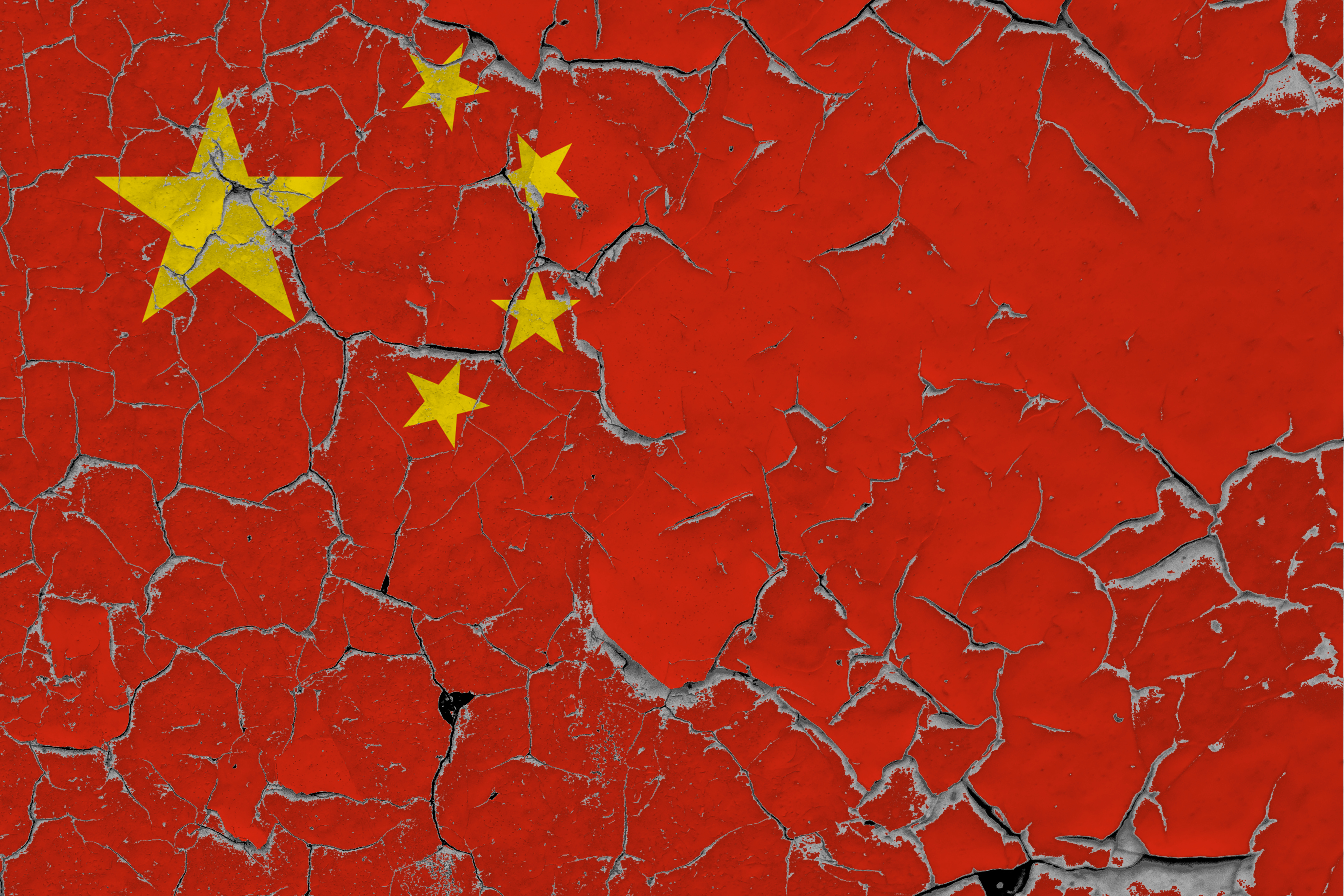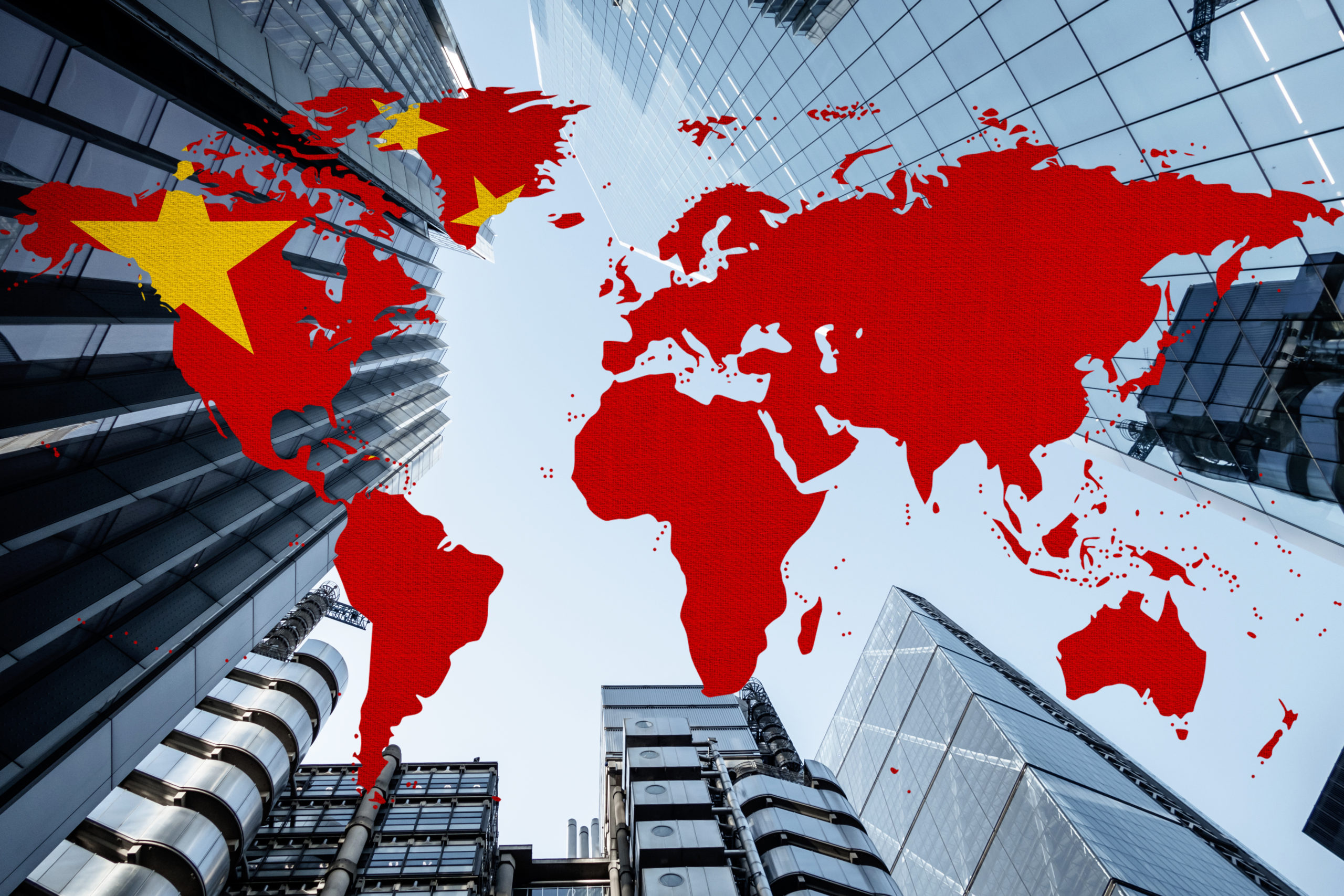Leaders in tech, industry, and government systematically turn American innovation against America.
An Industrial Policy Won’t Hurt You

But China could.
In his recent speech at the National Conservatism conference, David Goldman argues that “America needs a proactive industrial policy to win the so-called fourth industrial revolution.” Goldman is really making two key points. Neither one is yet fully embraced by U.S. conservatives.
The first point is that China is a threat, not an opportunity. For many years after Nixon went to China, and especially after the United States allowed China to join the World Trade Organization, many conservatives saw China as an opportunity. Engaging in trade, being bound to WTO rules, and becoming more prosperous would gradually make China more like us: less authoritarian, less statist, and less aggressive.
Alas, that did not turn out to be true. As such, it was President Trump that really helped turn conservatives’ thinking about China around. His first national security strategy identified not terrorism but great power competition, especially with China, as the preeminent U.S. challenge. It was a signal moment, harkening back to a conservative consensus held during the Cold War, when the threat of Soviet dominance was thought to justify a larger, more active state. Thanks to Trump, most conservatives (albeit not most libertarians) now see China as at least a national security threat. Some understand that it is an economic threat as well.
So why not just follow Trump’s path? “Trump policy toward China was a catastrophic failure,” Goldman, a two-time Trump voter, rightly notes. “We’re now importing over 30% more from China than we did in January 2018 when Trump imposed tariffs. Tariffs are a really lousy way of dealing with this kind of problem.” So while President Trump deserves credit for shaking Washington out of its stupor toward China, Trump’s policies did not do the job.
This brings us to Goldman’s second point, which is really a shift of the Overton window: to meet the China challenge, the United States needs “a visionary strategy that galvanizes the imagination of Americans, like the Kennedy Moon Shot or the Reagan Strategic Defense Initiative.” But Goldman goes even further. Sending a man to the moon and working to build SDI were not principally economic policies, as much as they spurred commercial innovation and growth. They were national security and national prestige policies to outcompete the Soviets.
The Soviets, who labored unsuccessfully to correct for the sharp limits of Communist central planning, never presented an economic challenge to the United States on the vast scale that China does. That is why Goldman goes further, stating that “nothing short of an intervention by the federal government, namely an industrial policy,” will give us a chance of gaining the upper hand.
That should get conservatives’ attention. Goldman identifies the key question conservatives need to resolve. A similar debate unfolded within the movement after WWII, when the Taft wing was more isolationist and worried about the rise of the state to confront the Soviets, while the Nixon/Reagan/Bush wing recognized the need for robust policies to spur not only defense but also commercial innovation and production. The outcome of that debate was settled when Kim Il Sung’s troops, with the backing of Joseph Stalin, crossed the 38th parallel.
But when the Soviet Union fell apart in 1991, so too did the conservative consensus in favor of a strong state. Instead, conservatives resurrected a Harding/Taft view of the economy: low taxes, devolution to states, and limited regulation. The only policy preference from that earlier era they did not revive was enthusiasm for tariffs and economic nationalism. It was President Trump who put tariffs back on the table.
Today, conservatives face a similar choice: do they want to stick to a pre-war conception of economic policy, one in which leaders believed the two oceans were sufficient for America’s security? Or do they want to modernize economic policy to address the China challenge?
Goldman advocates for the future. He concedes, much as Dwight Eisenhower warned in his farewell address, that “industrial policies are dangerous—they lead to rent-seeking behavior, corruption, and too much state power.” But America’s survival is worth these risks all the same, as “we’ve got the economic equivalent of a war going on.”
The Nationalist Reset
What Goldman might have added is that state action to grow the economy, i.e., what could be called the national developmental state, has actually been the guiding economic orientation of Republicans (and before them Federalists) for longer than the classically liberal approach has been in fashion. This long and distinguished history is often only vaguely understood by economic conservatives. But from the founding of the republic to World War I, American leaders—including Federalists, Whigs, and Republicans like Alexander Hamilton, Henry Clay, Abraham Lincoln, and Teddy Roosevelt—rejected Adam Smith’s counsel (which was designed for a nation that was dominant economically on the world stage) in favor of intervening to develop American interests.
Among the first acts signed by the first Congress was a subsidy to domestic industry through the Tariff Act of 1789, and it wasn’t until after WWII that U.S. tariffs fell. It was no accident that the Civil War years, when the Democratic South had no members in Congress, were the most productive in American history for national development policy. Lawmakers during those years passed the Pacific Railway Act, the Homestead Act, the National Banking Act, the Morrill Land Grant Act, the Department of Agriculture Act, and the Morrill tariff (passed right before the War, but after several Southern Democratic Senators resigned from Congress).
Too many conservatives conveniently gloss over the fact that President Reagan actively supported the establishment of the R&D tax credit and the establishment of Sematech, a government-industry R&D partnership that helped restore U.S. leadership in semiconductors. His National Science Foundation director launched a series of programs to link university and industry research. His trade representative threatened the Japanese with tariffs if they did not open up the computer chip market.
External threats, such as the ones Reagan faced from both Japanese industry and Russian aggression, often lead to a reconsideration of past beliefs. We see this with Thomas Jefferson, whom most think of as an agrarian, states-rights, small government advocate. In fact, Jefferson fundamentally changed his views after the experience of the War of 1812, which America was lucky to escape without catastrophe. In an 1816 letter, Jefferson wrote:
You tell me I am quoted by those who wish to continue our dependance on England for manufactures. There was a time when I might have been so quoted with more candor, but within the 30 years which have since elapsed, how are circumstances changed! We were then in peace. Our independent place among nations was acknowledged. A commerce which offered the raw material in exchange for the same material after receiving the last touch of industry was worthy of welcome to all nations. It was expected that those especially to whom manufacturing industry was important would cherish the friendship of such customers by every favor, by every inducement, and particularly cultivate their peace by every act of justice & friendship. Under this prospect the question seemed legitimate, whether, with such an immensity of unimproved land, courting the hand of husbandry, the industry of agriculture, or that of manufactures, would add most to the national wealth.
He went on to argue that he had changed his mind: America needed the federal government to help the newly formed republic industrialize. “For in so complicated a science as political economy, no one axiom can be laid down as wise and expedient for all times and circumstances.” In others word, economic policy is not a science for all times and circumstances; it is something that must change. And Goldman is calling for that change.
Yes We Can
The China challenge gives Republicans a political opening. This is especially true given the fact that much of the Democratic party has become consumed with identity politics, income redistribution, anti-corporate populism, and green transformation.
The opening Goldman identifies includes investing in initiatives like apprenticeships programs and engineering scholarships—not on a one-time basis, but as a long-term strategic initiative. As he notes, “it’s going take about a trillion dollars and 10 years to rebuild our industrial base, after 20 years of the American elite shifting everything to software and destroying our skill base, our industrial communities, our manufacturing companies, and so forth.”
One can and should debate which policies will best restore American innovation and production leadership. But what Goldman is saying is it’s time to stop debating about whether the federal government should take these steps at all.
There are several criticisms many conservatives will make in response. Some make little sense, like former Texas Senator Phil Gramm and Mike Solon’s argument in a recent Wall Street Journal op-ed that current bipartisan Congressional competitiveness legislation “would make an old Soviet commissar blush.” If that’s the case, then Gramm’s home state is led by Communists. Texas spends money to recruit industries to their border. Texas invests in university research in partnership with industry. Texas supports advanced workforce training. Texas helps regions become more competitive. The Senate and House competitiveness bills do exactly the same thing. So, if a red state like Texas can do this and it is not “Chinese-style industrial policy,” why is it not okay for the federal government to do the same?
Other criticisms have more merit and deserve careful consideration. The most important is the risk of politicization and nepotism for politically connected companies. But Congress can and should build protections against this kind of rent seeking, such as requiring that any companies gaining federal financial support—for things like university-industry research centers—put up their cash before receiving that support. Congress could also require all programs to be peer-reviewed by experts. In addition, many policies to support U.S. competitiveness don’t involve government “picking winners,” such as expanding the research and development tax credit (where the U.S. now ranks 32nd most generous out of 34 major nations) and putting in place an investment tax credit for new capital equipment.
At this point, details are less important. What is important is for conservatives to recognize that China poses a critical threat to America’s future and that we need a strong, technologically vibrant economy to respond. This in turn requires a national industrial policy. As Goldman notes, “We need a positive view, we need a can-do approach, and we need to found it on the proven track record of the United States of America in pioneering the future for the world.” If that is not conservative thinking, I don’t know what is.
The American Mind presents a range of perspectives. Views are writers’ own and do not necessarily represent those of The Claremont Institute.
The American Mind is a publication of the Claremont Institute, a non-profit 501(c)(3) organization, dedicated to restoring the principles of the American Founding to their rightful, preeminent authority in our national life. Interested in supporting our work? Gifts to the Claremont Institute are tax-deductible.
Trump’s China policy was working wonders until Fauci and Wuhan derailed it.
Xi Jinping’s China faces challenges of its own.
Revitalizing the American industrial base requires moving beyond globalization.




